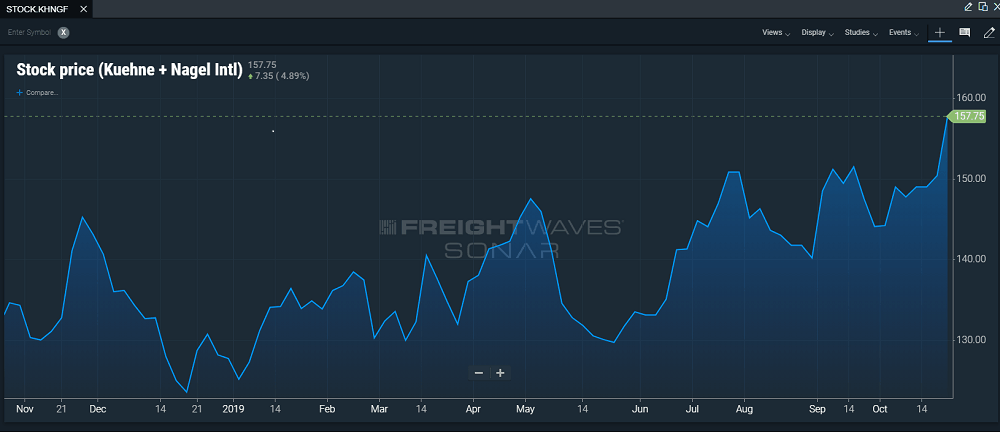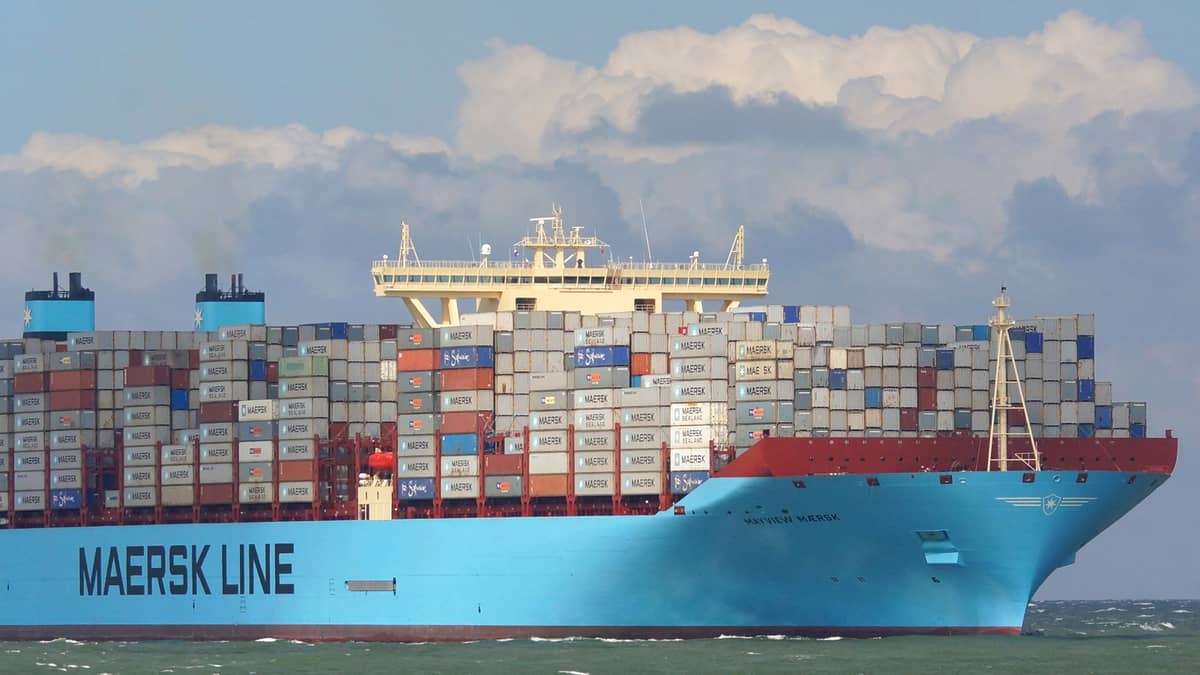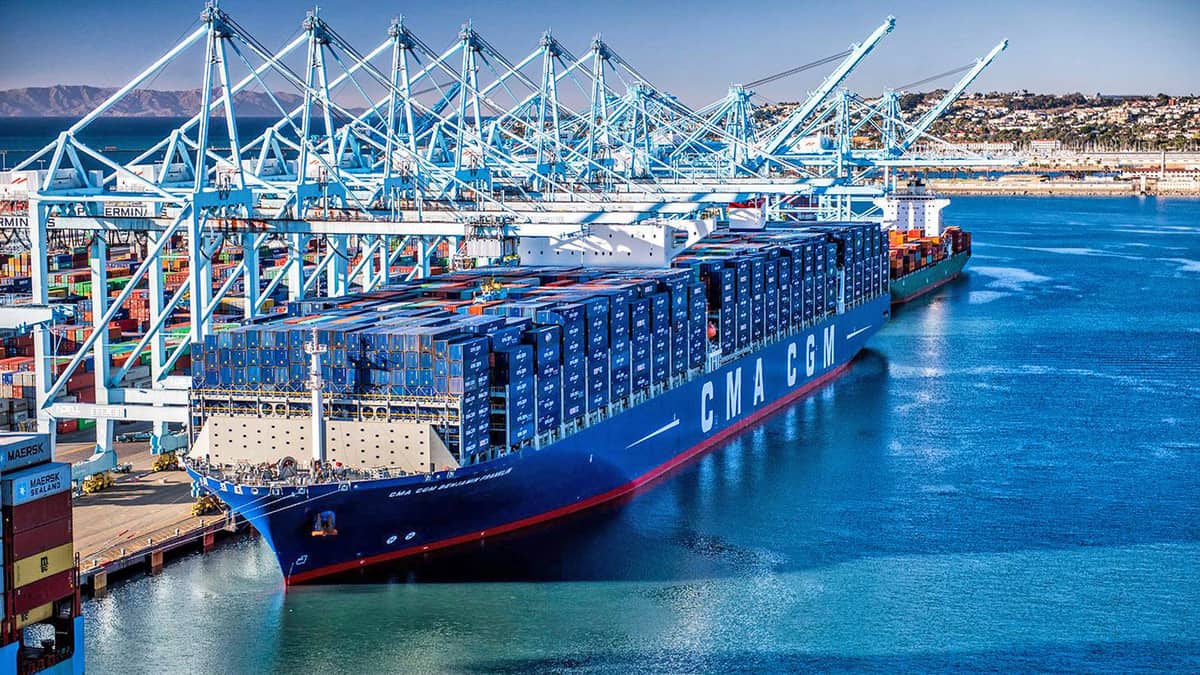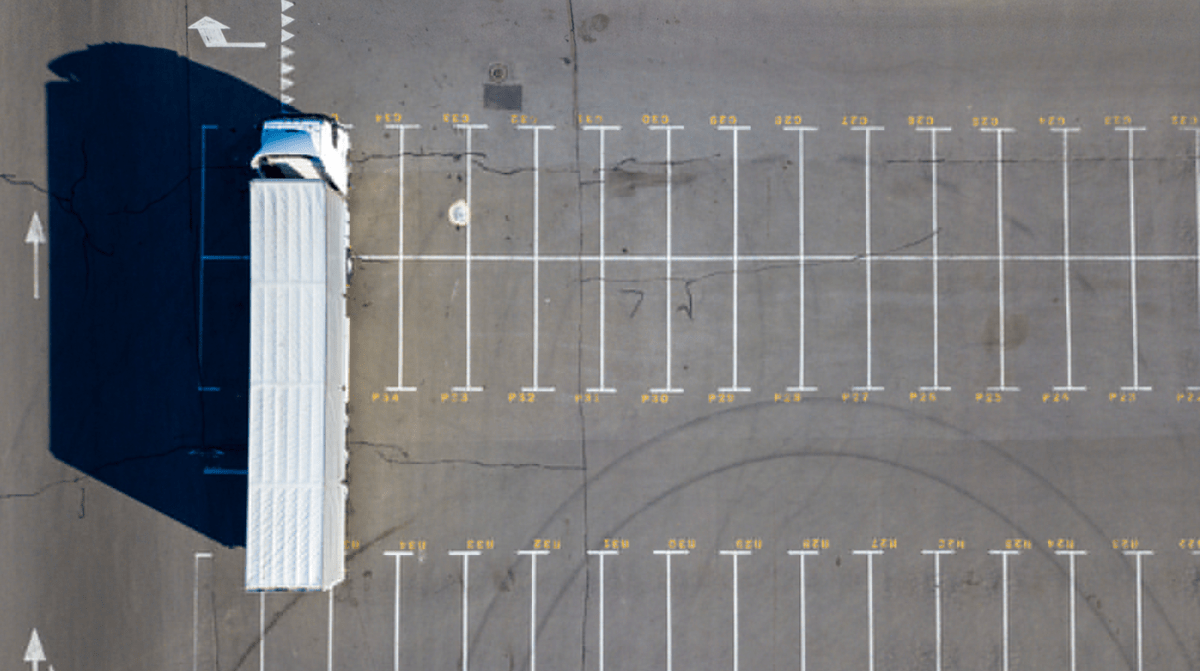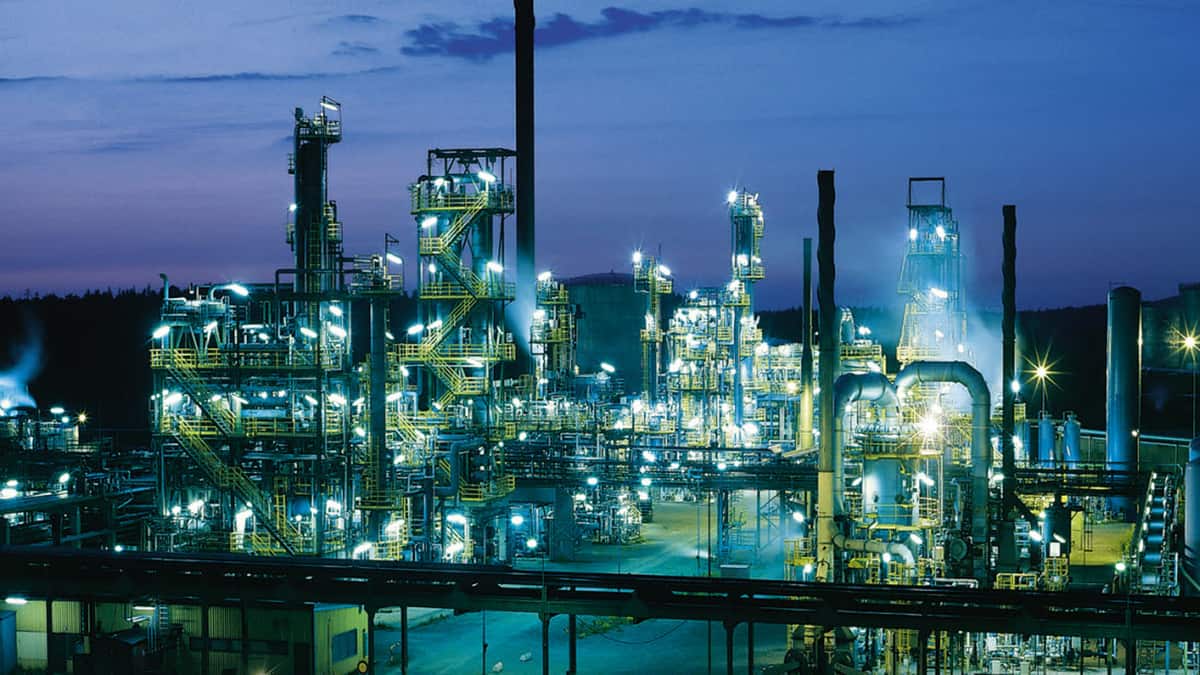Nearly all maritime kidnappings and hostage-takings in the nine months to the end of September this year took place in or near the Gulf of Guinea, said global maritime piracy watchdog the International Maritime Bureau (IMB).
New data from the IMB shows that worldwide there have been 70 actual kidnappings of seafarers and 49 hostage-takings year to date. The West African country of Guinea alone saw 23 hostage-takings, Nigeria a further 12 and the West African country of Togo an additional seven. Cameroon and Nigeria were hot spots for kidnapping, too.
The IMB says about 86% of all maritime hostage-taking and 82% of all actual kidnappings happen in or near the Gulf of Guinea. The body adds that there were at least 119 incidents of piracy and armed robbery against ships from January through September. That’s a 31% decline compared to the 156 incidents recorded in the same period in 2018.
Incidents are down globally but Gulf of Guinea remains a concern
“Although incidents are down, the Gulf of Guinea continues to be a concern for piracy and armed robbery-related activities, with kidnappings of crew members increasing in both scale and frequency,” said Pottengal Mukundan, a director of the IMB.
That said, the IMB freely concedes that there’s a high degree of under-reporting. The assistant director of the IMB, Cyrus Moody, told FreightWaves that the IMB’s own research indicates there’s roughly a 50% under-reporting of incidents.
Possible reasons why include the fear that insurers will hike rates if it is known that a ship was attacked. There are also fears that if an attack on a ship is reported then criminals may “go harder on the crew,” the next time the same ship is attacked. Some operators may worry that local authorities could hold or delay the ship.
Gulf of Guinea – piracy at the center of the world
The Gulf of Guinea lies between West Africa and Central Africa. It’s the sea-space at zero degrees longitude and zero degrees latitude. There are different definitions what constitutes the Gulf of Guinea. The international “Guidelines for Owners, Operators and Masters for protection against piracy and armed robbery in the Gulf of Guinea region,” a document issued by the major global maritime shipping organizations, applies to the waters off the countries of Ghana, Togo, Benin, Nigeria and Cameroon.
However, the Guidelines also say pirate attacks have occurred as far south as Angola and as far west as Sierra Leone, so the area of threat is enormous.
The Gulf of Guinea is an attractive area of operations for marine criminals for several reasons.
Many high-value, poorly-defended targets
Firstly, it has many high-value targets.
There are many ships because there are numerous ports and a great deal of cargo. And, because vessels are entering or leaving port, ships may be traveling slowly. They may be sitting low in the water, and are therefore easier for pirates to board, because they are fully laden. Or they may be at anchor waiting for commercial instructions or repairs or for any number of other reasons. As Moody pointed out, ships are constantly entering and leaving, or waiting around or in, the area of high threat.
Secondly, the targets are poorly defended because of certain provisions of international law. That is also the reason why experts talk of “piracy” and “armed robbery against ships,” and why there is a distinction between the two in statistical tracking, even though they’re physically the same crime.
What is “piracy”? What is “armed robbery against ships”?
A summary of Article 101 of the UN Convention on the International Law of the Sea (UNCLOS) indicates that maritime piracy is any illegal act of violence committed for private ends by the crew or passengers of a private ship and directed on the high seas, or in a place outside the jurisdiction of any country, against another ship.
The International Maritime Organization, a specialized body of the United Nations, uses the international definition for piracy to define “armed robbery against ships” but with the difference that the crime happens within the borders of a country.
The key parts are the concept of “high seas” and “outside the jurisdiction of any country.” Or, to put it another way, whether a maritime crime is “piracy” or an “armed robbery against a ship” depends upon where the crime happens in relation to the international/territorial border.
So a crime against a ship in the middle of the Atlantic Ocean is piracy. But a criminal attack on a ship in, say, the Port of Long Beach, California, is armed robbery against a ship in the U.S.
Where is the maritime border?
On land, a man-made barrier, or a natural barrier such as a river, often marks the location of the border. While there are no visible barriers or landmarks at sea, nonetheless, there is still a border. Under UNCLOS, a country’s sovereignty can extend from the coast out to sea up to a limit of 12 nautical miles (about 13.8 U.S. miles). This sea-space is known as the territorial sea.
Just as crimes against crew and ships in U.S. territorial waters are subject to U.S. law, crimes against crew and ships in the waters off Ghana, Togo, Benin, Nigeria and Cameroon are subject to the criminal laws of those countries. The close proximity of all those sovereign nations poses several challenges.
Hot pursuit and armed guards
Law enforcers have a right of “hot pursuit” under article 111 of UNCLOS. Marine police (or navies) can chase and capture criminals who flee out of a country’s jurisdiction and onto the high seas. But if the criminals cross the border into a neighboring country, the chasing police lose that right. And, just as happens with neighboring countries the world over, police and criminal investigators cannot wander freely back and forth across borders to tackle crime.
A few years ago there was a big problem with Somali pirates attacking ships as they sailed through the Gulf of Aden. Deployment of armed guards aboard ships was the primary means of tackling Somali piracy along the east coast of Africa. Unlike ships in the Gulf of Guinea, however, ships sailing off the coast of Somalia were attacked in international waters and therefore the law of the local coastal state did not apply. So armed guards were a legally sensible response.
But that wouldn’t work in the Gulf of Guinea. Ships have to enter and leave the territories of the coastal states to visit the local ports. Nations jealously guard their monopoly on the right to use armed force in their jurisdictions and generally do not allow large numbers of openly armed foreigners to enter and hang around in their territory. So ship-borne foreign armed guards would not be allowed.
Local law enforcement and judicial systems
National sovereignty presents a further problem to deterring or stopping pirates because not every country has a well-developed law enforcement and judicial system. There’s a good reason there’s no piracy epidemic immediately off the coast of, say, the state of Oregon. U.S. law enforcement would take decisive action against repeated acts of organized piracy or armed robbery in that area. And the U.S. has prosecutors, courts, judges and a penal system to try, convict, sentence and imprison pirates and other maritime criminals.
That’s not so in the Gulf of Guinea.
“Nigeria did not even have piracy as a crime,” Moody explained to FreightWaves. So piracy (if outside the territorial sea) or armed robbery against ships couldn’t even be prosecuted as such in Nigeria. However, Moody pointed out that Nigeria has more recently enacted laws against piracy.
“You always have maritime crime where the response from law enforcement and the judicial system is not adequate or robust,” Moody told FreightWaves.
Nigeria begins to tackle the problem
However, Moody added, there is a sense that Nigeria acknowledges there is a problem and is taking the first steps to tackle offshore violence.
Moody said there was a regional law enforcement conference recently to discuss the issue, and local authorities are thinking about partnerships to carry out security exercises and safeguard local waters.
And, in the last few days, the Nigerian Navy has announced that it will use designated maritime courts to handle cases of piracy and maritime armed robbery.
Moody also said the Nigerian Navy will respond to calls for help.
“We have good cooperation with the Nigerian Navy and the local maritime administration. We’ve relayed information to the Nigerian Navy who have gone to assist,” Moody stated.
But there are other obstacles to enforcement.
Africa is huge. The sea-space is vast
Africa is huge. And the Gulf of Guinea sea-space is vast. The straight-line distance from the western border of Ghana to the southern border of Cameroon is about 910 U.S. miles. If a mariner were able to sail the same distance in a north-northeast direction in a straight line from the southern tip of Florida, he or she would finish at roughly the same latitude as Richmond, Virginia.
Moody pointed out that if a navy does respond to a distress call in the further reaches of the Gulf of Guinea, “it’s a few hours of sailing. Pirates have been, done what they need, and have left”.
That’s a problem because pirates often kidnap and hold crew in some pretty inhospitable terrain. Nigeria alone saw 23 kidnappings and 12 hostage-takings of seafarers, and Cameroon saw another 23 kidnappings. Areas where hostages are held include marshes, rivers, swamps and jungle. So there are physical as well as jurisdictional barriers to tracking down pirates and robbers who have kidnapped crew.
Shipping industry executives do not discuss how much they pay in ransoms, and the crew are held hostage during the negotiation period for, on average, about four to 12 weeks.
Unlike their Somali counterparts, West African pirates kidnap crew, rather than hijack ships, because local law enforcement agencies would be able to track down and recapture a large ship. The Somali pirates were able to hijack and seize ships because they operated from a failed state with no local law enforcement.
The typical attack by West African pirates and robbers involves the pirates climbing aboard to loot the ship of small property and the crew’s personal effects and to kidnap the crew.
“There’s lots of violence”
“There’s lots of violence,” Moody explained. “There have been no fatalities this year, but crew do tend to get injured. The typical criminal activity is yelling, shouting and slapping to intimidate and get compliance from the crew. With the slightest resistance from the crew, they tend to get roughed up.”
West African pirates tend to be armed with knives for cutting ropes, crowbars for breaking open doors and lockers, and heavy-caliber automatic firearms.
Apart from ransacking the ships and kidnapping the crew, the pirates also want to steal cargo. Typically, they seize smaller quantities of refined products of crude oil, such as gasoline, that can be sold in the local markets around the Gulf of Guinea.
About the IMB
The IMB is a not-for-profit and non-political specialist division of the International Chamber of Commerce set up in 1981 as a “focal point” to help counter international maritime crime. The International Maritime Organization (a division of the United Nations) adopted a resolution on November 20, 1981, urging governments and all other interested parties to co-operate and share information with the IMB to help in the fight against maritime crime.
One of the key functions of the IMB is to relay live piracy and armed robbery information. In the event of an attack, the IMB can relay information to local maritime police and navies who may be in a position to intervene. Secondly, the IMB can broadcast and emergency alert to all ships in the region so that they can take countermeasures or, if appropriate, render assistance. The warning will also let ships that are about to enter the high threat area.
As maritime piracy and armed robbery takes place all over the globe, the IMB will accept reports from around the world, 24 hours a day, seven days a week.
The IMB urges ship operators and other appropriate persons to file incident reports. “Your information may save lives,” the IMB has stated.
Contact the IMB’s 24 hour anti-piracy emergency helpline: + 60 3 2031 0014
The IMB can also be contacted by fax and email:
Fax: + 60 3 2078 5769
E-mail: imbkl@icc-ccs.org / piracy@icc-ccs.org


